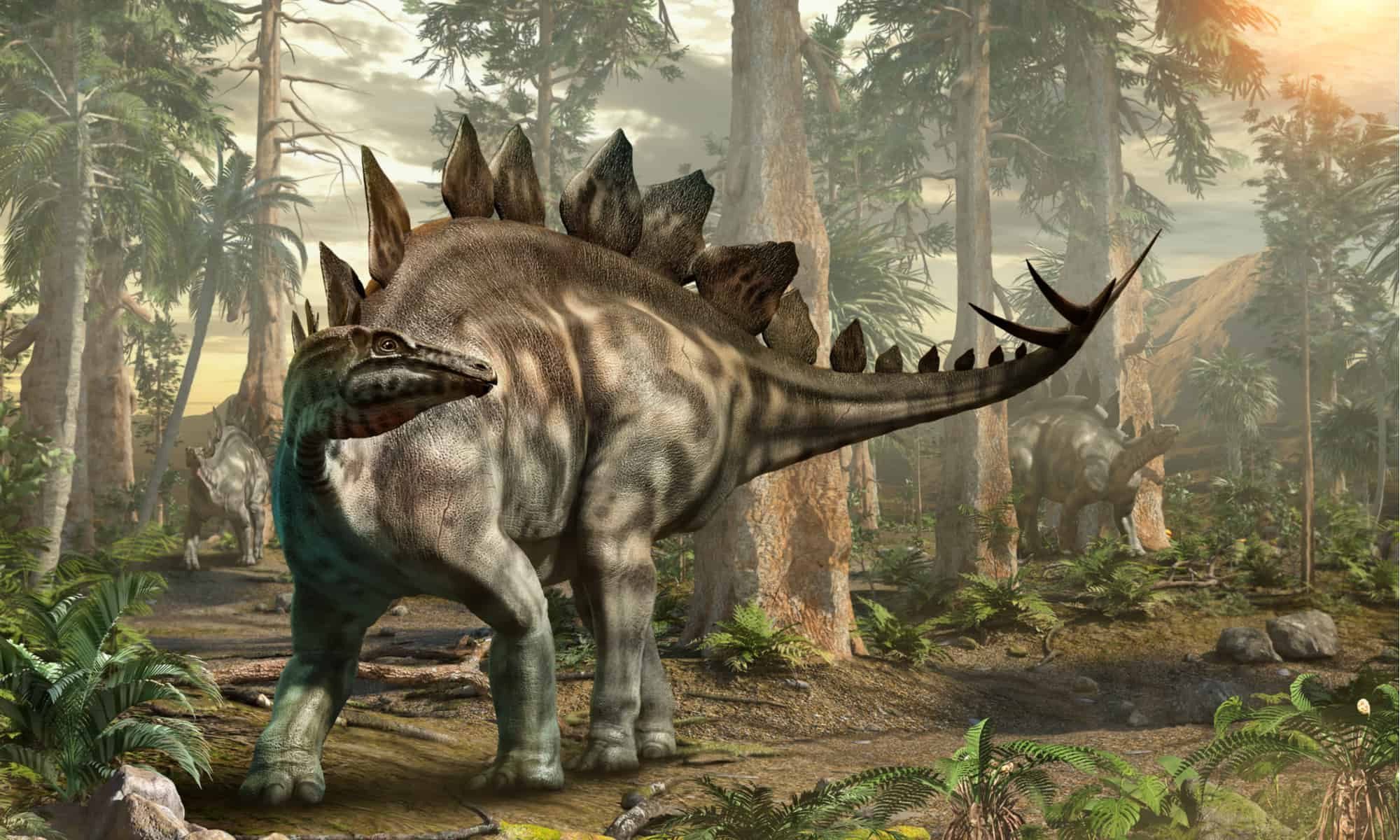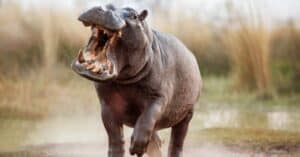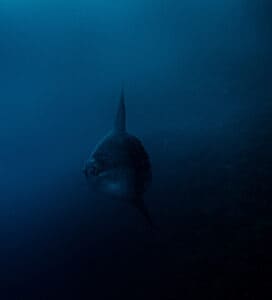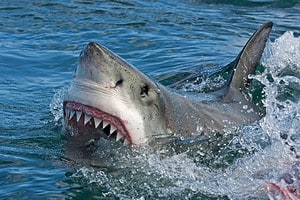The Centennial State, better known as Colorado, is located in the western part of the US, in the Mountain West subregion. The state is known for encompassing parts of three incredible natural formations – the Great Plains, the Colorado Plateau, and the Southern Rocky Mountains.

Colorado is famous for its landscapes as well. The state is rich in flora and fauna. Visiting here can introduce you to many areas, such as mesas, mountains, high plains, forests, rivers, canyons, etc.
Taking fauna into account, this article will help you discover 7 extinct animals that lived in Colorado and, most importantly, when they went extinct!
1. Plesiosaurs
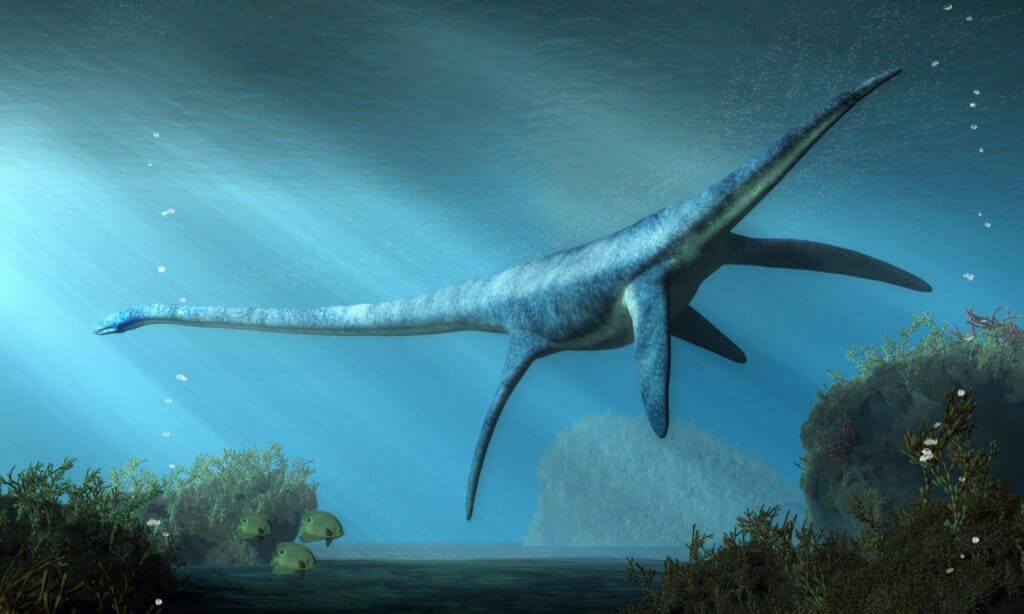
Plesiosaurs were marine reptiles that lived between the Late Triassic and Late Cretaceous periods.
©Daniel Eskridge/Shutterstock.com
| Plesiosaurs | |
|---|---|
| Kingdom | Animalia |
| Phylum | Chordata |
| Class | Reptilia |
| Superorder | Sauropterygia |
| Clade | Pistosauria |
| Order | Plesiosauria |
| Extinct since | 66 million years ago |
During the Cretaceous period, Colorado was submerged by a sea that hosted various species of plesiosaurs. According to research, they can grow up to 56 feet (17 m) in length. Plesiosaurs were marine reptiles that lived between the Late Triassic and Late Cretaceous periods and went extinct 66 million years ago (during the Cretaceous-Paleogene extinction event).
Plesiosaurs lived in oceans worldwide. This was one of the main reasons their fossils were among the first discovered reptile fossils. Broad, flat bodies and short tails characterize the animals in this order. They breathed air and might have been warm-blooded.
In terms of size, the average plesiosaurus had a length of 4.9–49 ft (1.5–15 m). The variation in length is caused by the presence of multiple species and subspecies – about 22 in total.
2. Uintatheres
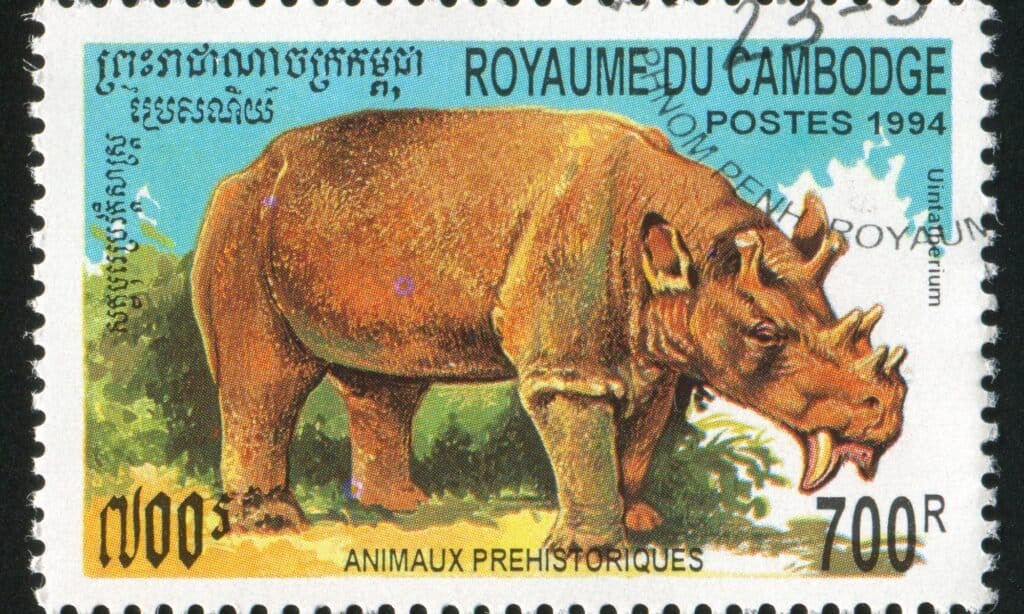
Uintatheres are representatives of the
Uintatheriidaefamily.
©rook76/Shutterstock.com
| Uintatheres | |
|---|---|
| Kingdom | Animalia |
| Phylum | Chordata |
| Class | Mammalia |
| Order | Dinocerata |
| Family | Uintatheriidae |
| Extinct since | 34 million years ago |
Uintatheres are representatives of the Uintatheriidae family. These were ungulate mammals of the Dinocerate order. The animals lived during the Late Paleocene and Middle Eocene periods. The family went extinct around 34 million years ago.
In the late Paleocene and Middle Eocene, uintatheres were the largest land animals. The representatives of the Uintatheriidae family were heavy and had thick legs, broad feet, and massive bones. In contrast, they had tiny brains. The Uintatheres closely resemble modern rhinoceros.
The animals’ main characteristics were saber-like canine teeth and the presence of blunt horns. They were, on average, 13 ft (4 m) long, 5.6 ft (1.7 m) high, and weighed up to 4,409 lbs (2 t).
3. Stegosaurus armatus
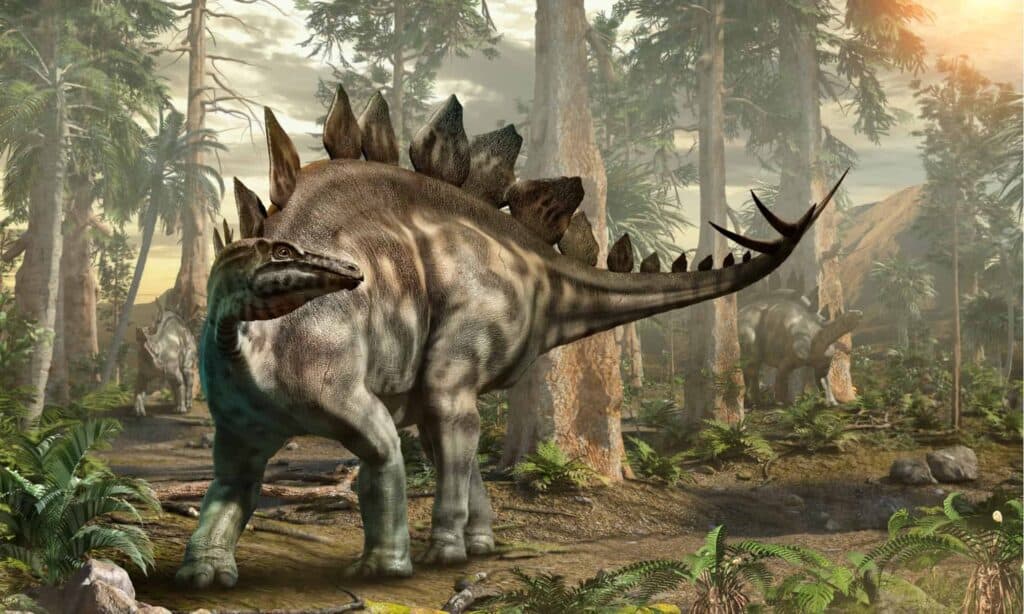
Stegosaurus armatus went extinct about 145 million years ago.
©Warpaint/Shutterstock.com
| Stegosaurus armatus | |
|---|---|
| Kingdom | Animalia |
| Phylum | Chordata |
| Clade | Dinosauria |
| Order | Ornithischia |
| Clade | Thyreophora |
| Suborder | Stegosauria |
| Family | Stegosauridae |
| Subfamily | Stegosaurinae |
| Genus | Stegosaurus |
| Extinct since | 145 million years ago |
Stegosaurus armatus is the state fossil of Colorado. At the same time, Stegosaurus as a genus is its state dinosaur. Meaning roof-lizard, the genus’ representatives are armored, herbivorous dinosaurs that walked on four legs. They lived in the Late Jurassic and went extinct about 145 million years ago. Curiously enough, stegosaurus fossils were found in both Portugal and the United States, suggesting that the dinosaur was not endemic to the US area.
As depicted in movies and TV shows, the stegosaurus is characterized by upright plates along its back. These are kite-shaped and are present only up until the animal’s tail. The latter is covered in spikes. In terms of size, the average stegosaur was 29.5 ft (9 m) long and weighed about 11,684–15,432 lbs (5.3–7 t).
4. Platecarpus

Platecarpus translates to “
flat wrist.”
©Reimar/Shutterstock.com
| Platecarpus | |
|---|---|
| Kingdom | Animalia |
| Phylum | Chordata |
| Class | Reptilia |
| Order | Squamata |
| Superfamily | Mosasauroidea |
| Family | Mosasauridae |
| Subfamily | Plioplatecarpinae |
| Tribe | Plioplatecarpini |
| Genus | Platecarpus |
| Species | Platecarpus tympaniticus |
| Extinct since | 81 million years ago |
Platecarpus translates to “flat wrist.” The genus’ representatives are classified as aquatic lizards that lived during the Late Cretaceous period. Then, most of the Colorado area was covered by the Western Interior Seaway, an expanding sea. This was the ideal environment for platecarpus, fish, mollusks, etc. Platecarpus went extinct about 81 million years ago.
The average specimen of this species could grow up to 14 ft (4.3 m) long. However, about half of the platecarpus’s body was its tail. It is believed that this species had two functional lungs. In comparison, snakes (close relatives of platecarpus) have only one lung.
This animal has fewer teeth than the usual mosasaur. As a result, it was forced to feed on softer and smaller prey – squid and small fish.
5. Thalassomedon
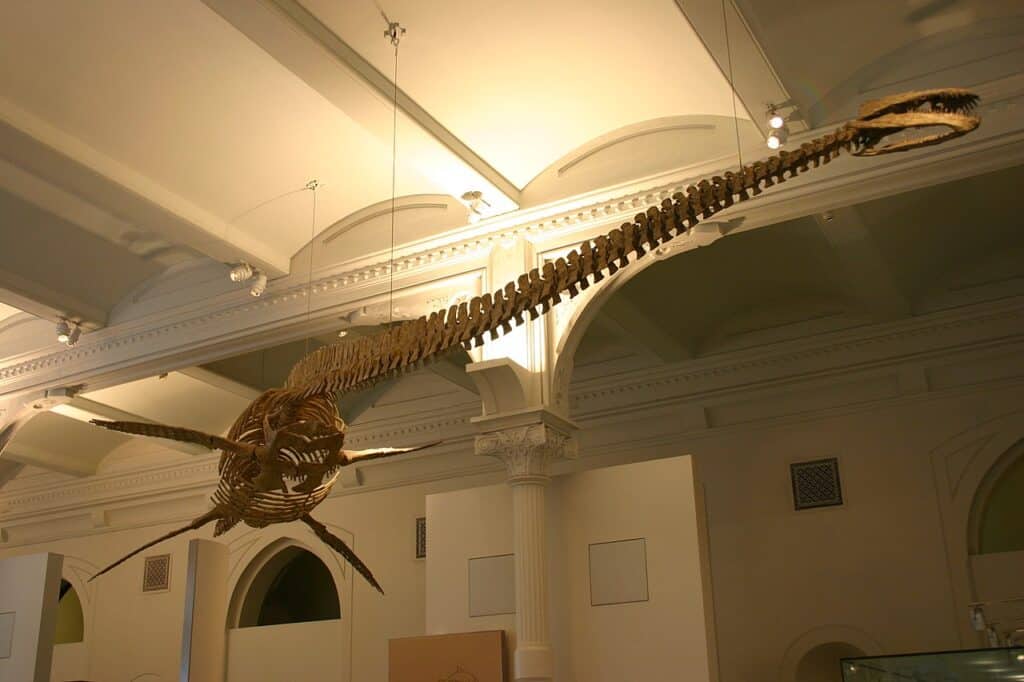
Thalassomedon specimens could reach lengths of up to 38 feet.
| Thalassomedon | |
|---|---|
| Kingdom | Animalia |
| Phylum | Chordata |
| Class | Reptilia |
| Superorder | Sauropterygia |
| Order | Plesiosauria |
| Family | Elasmosauridae |
| Genus | Thalassomedon |
| Species | Thalassomedon haningtoni |
| Extinct since | 95 million years ago |
Thalassomedon was the sea lord (name translation) of the Late Cretaceous period. It went extinct about 95 million years ago and is a notable member of the Plesiosauria order. This species was one of the largest in the family Elasmosauridae. Its holotype is 35.6 ft (10.86 m) long. A larger skull of another specimen was also discovered. Its size suggests that some Thalassomedon specimens could reach lengths up to 38 ft (11.6 m).
The most interesting aspect of this dinosaur is the presence of stones in its stomach area. Theories suggest that Thalassomedon would ingest stones for ballast, to help them dive deeper, or for digestion. Stones could have helped the animal better digest food by grinding it after ingestion. There is no clear evidence to support this, however.
6. Eohippus
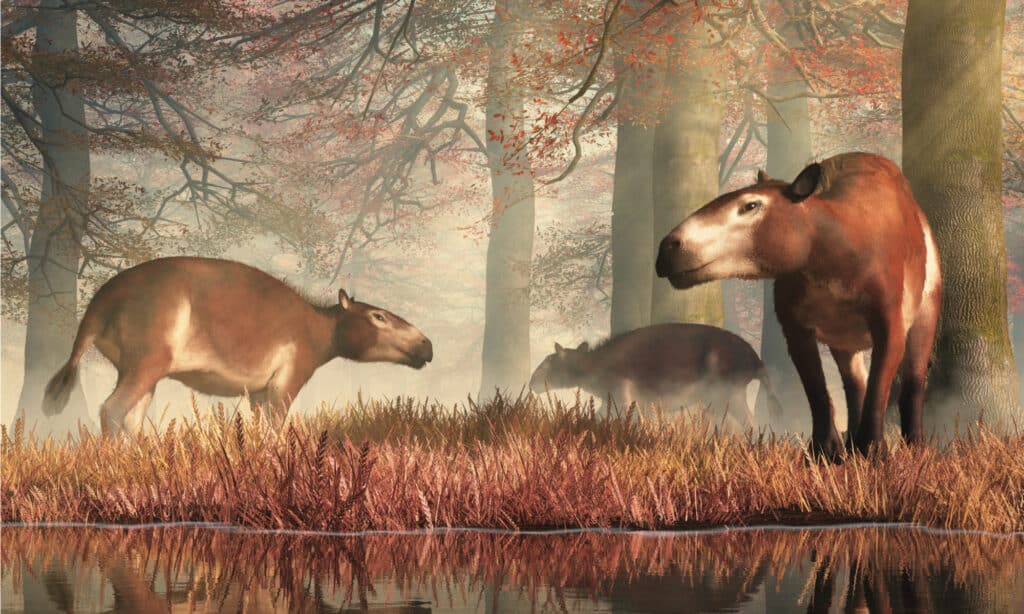
Eohippus is believed to be a species of primitive horse.
©Daniel Eskridge/Shutterstock.com
| Eohippus | |
|---|---|
| Kingdom | Animalia |
| Phylum | Chordata |
| Class | Mammalia |
| Order | Perissodactyla |
| Family | Equidae |
| Genus | Eohippus |
| Species | Eohippus angustidens |
| Extinct since | 47.8 million years ago |
Eohippus translates to “dawn horse” and is believed to be a species of primitive horse. It lived during the Early Eocene period and went extinct about 47.8 million years ago. Eohippus is represented by small equid (family of horses and related animals) ungulates (large mammals with hooves).
According to an essay by Stephen Jay Gould, Eohippus was the size of a small Fox Terrier. The species was about 12 inches (30 cm) tall at the shoulder – quite close to a Fox Terrier.
7. Archidiskodon
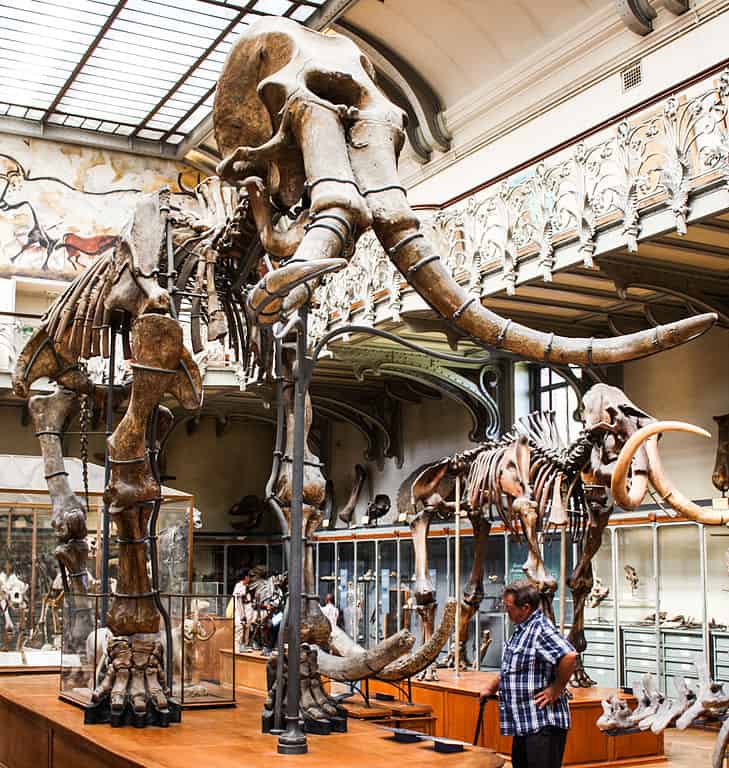
Archidiskodon is another name for the genus
Mammuthus.
©Shadowgate from Novara, ITALY / CC BY 2.0 – Original / License
| Archidiskodon | |
|---|---|
| Kingdom | Animalia |
| Phylum | Chordata |
| Class | Mammalia |
| Order | Proboscidea |
| Family | Elephantidae |
| Subfamily | Elephantinae |
| Tribe | Elephantini |
| Genus | Mammuthus |
| Extinct since | 4,000 years ago |
Archidiskodon is another name for the genus Mammuthus. It lived in Colorado during the Pleistocene period. Mammoths as a species, however, lived between the Early Pliocene and Late Holocene periods. The animal went extinct about 4,000 years ago.
The largest archidiskodon discovered stood 13.1 feet (4 meters) tall at the shoulder and weighed approximately 17,637 pounds (8 tons). The average specimen stood about 9.8 feet (3 meters) tall at the shoulder and rarely grew larger than 11,023 lb (5 t).
Mammoths are characterized by their tusks, present in both male and female specimens, their muscle mass, and how they evolved to survive in certain environments. Woolly mammoths, for example, grew long, thick fur, and their ears decreased in size over time (to minimize heat loss).
Summary Of The 7 Extinct Animals That Lived In Colorado
| Rank | Animal | Extinct Since |
|---|---|---|
| 1 | Plesiosaurs | 66 million years ago |
| 2 | Uintatheres | 34 million years ago |
| 3 | Stegosaurus armatus | 145 million years ago |
| 4 | Platecarpus | 81 million years ago |
| 5 | Thalassomedon | 95 million years ago |
| 6 | Eohippus | 47.8 million years ago |
| 7 | Archidiskodon | 4,000 years ago |
Thank you for reading! Have some feedback for us? Contact the AZ Animals editorial team.

